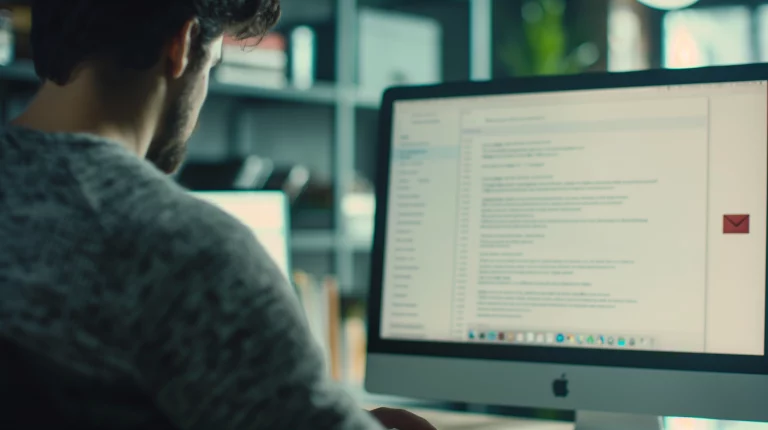AI generated illustration
Throughout my professional career, I have spent a considerable amount of time applying to jobs. We all know what that means; if you are applying while being employed, that equals having two full-time jobs, without considering personal, family, or social time necessary to have a balanced life.
In these multiple attempts to join other teams and companies, I have learned a lot. I have increased my experience exposed to different interrogation techniques (yes, many of them are like interrogations), and I have also strengthened the way I tell UX case study stories. I like to think that my storytelling skills have been enhanced by the volume and exposure to these applications.
At a very high level, any application process usually has two phases. The initial phase, when your resume and information entered in the system get filtered by bots and/or a recruiter –the most challenging and many times unfair part; and then the second phase (which is often longer), when you interact with the hiring manager and the team and get to learn more about the role and the company, and where sometimes you are placed in a situation similar to a participant on American Idol (no kidding).
Regardless, your application will have two outcomes: You get rejected or you get an offer. Most of the time, the average applicant will receive the rejection outcome, which translates into a very generic, boilerplate, and automated email communication: “Thanks for your interest in the role…”. In very few cases, the response will be made by the recruiter, which, while scripted, is still more elaborated and customized, but nonetheless cold.
However, to my surprise, I recently received one of these emails from a company that was surprisingly warm, kind, and really targeted to me. It read as if the sender had taken the time to go over my experience, cover letter, and portfolio; that this person really paid proper attention to my candidacy. This made a HUGE difference in my perspective about the company and my application. I felt understood, appreciated, and even though the outcome wasn’t what I wanted, it brought a smile to my face and I didn’t feel bad or frustrated. I went back to the email and read it again and wondered something: was this actually done by AI? I went online and tried different AI testers to verify if this was AI or not. I wasn’t sure if this was AI, even when I read it again and again, I wasn’t sure. I even tested it in a couple of AI-generated testers and the results were: 100% Human.
Then I went back again to the email and found my answer: The sender’s name included “AI” as a last name. The content was indeed generated by AI, but it was so well done that it wasn’t recognized by existing online tools, and it also fooled me and had a great impact on me.
We are getting close to an era where AI tools are showing us to be more human than people, and while this has a great effect on us, at the same time, it questions what is happening with our own human nature and what it means to be human after all.
